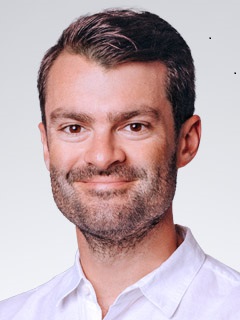“One-and-done” gene therapies
A near-term niche?

The last decade has brought forth a revolution in the pharmaceutical industry with the launch of the first “one-and-done,” or potentially curative, gene therapies. From the launch of Luxturna for an inherited eye disease, to the entry of Zolgensma for spinal muscular atrophy (SMA), we are now in an era of innovation in which certain diseases can potentially be cured. However, for the time being we believe the focus will likely remain on rare and ultra-rare monogenic diseases until the field evolves and the major challenges of therapeutic delivery and manufacturing are addressed.
If this is the hand that biopharma companies have been dealt, how should they play it? What does this mean for short- and long-term business models? Should biopharma companies be spending big now in the hope that, in the long term, these therapies and their associated platforms will drive sustainable top- and bottom-line growth from more complex, larger-population diseases? In short, how can companies gain a competitive advantage in what will likely be a near-term niche while also developing a long-term presence in this innovative field?

Gene therapy video series
"Join me as I interview a number of key stakeholders including patients groups, supply chain experts and those involved in the development, manufacturing and launch of these innovative technologies as they provide their
point of view on the promise and challenges related to gene therapy." - Alasdair Milton, PhD.
Dive into our thinking:
“One-and-done” gene therapies
Download PDFExplore more

Jaguar Gene Therapy
Join me as Sukumar Nagendran, President of R&D at Jaguar Gene Therapies shares his unique experience and insights around the development and launch of one-and-done gene therapies.

Sick Cells and RedMoon Advocacy groups
Join me as I interview the warriors from Sick Cells and RedMoon Project, Ashley Valentine, Adrienne Shapiro and Corey Lewis as they talk about how racial inequality has affected the sickle cell community.

Poseida Therapeutics
Join me as I interview Eric Ostertag, CEO of Poseida therapeutics, as we discuss the innovative approaches that Poseida is taking to the manufacturing and delivery challenges in gene therapy.

CureDuchenne
Join me as I interview Debra Miller, co-founder and CEO of CureDuchenne as she talks about the impact that the disease has on the entire family unit, on the Duchenne’s community, the critical role that CureDuchenne is playing in supporting research.
Meet our leaders




